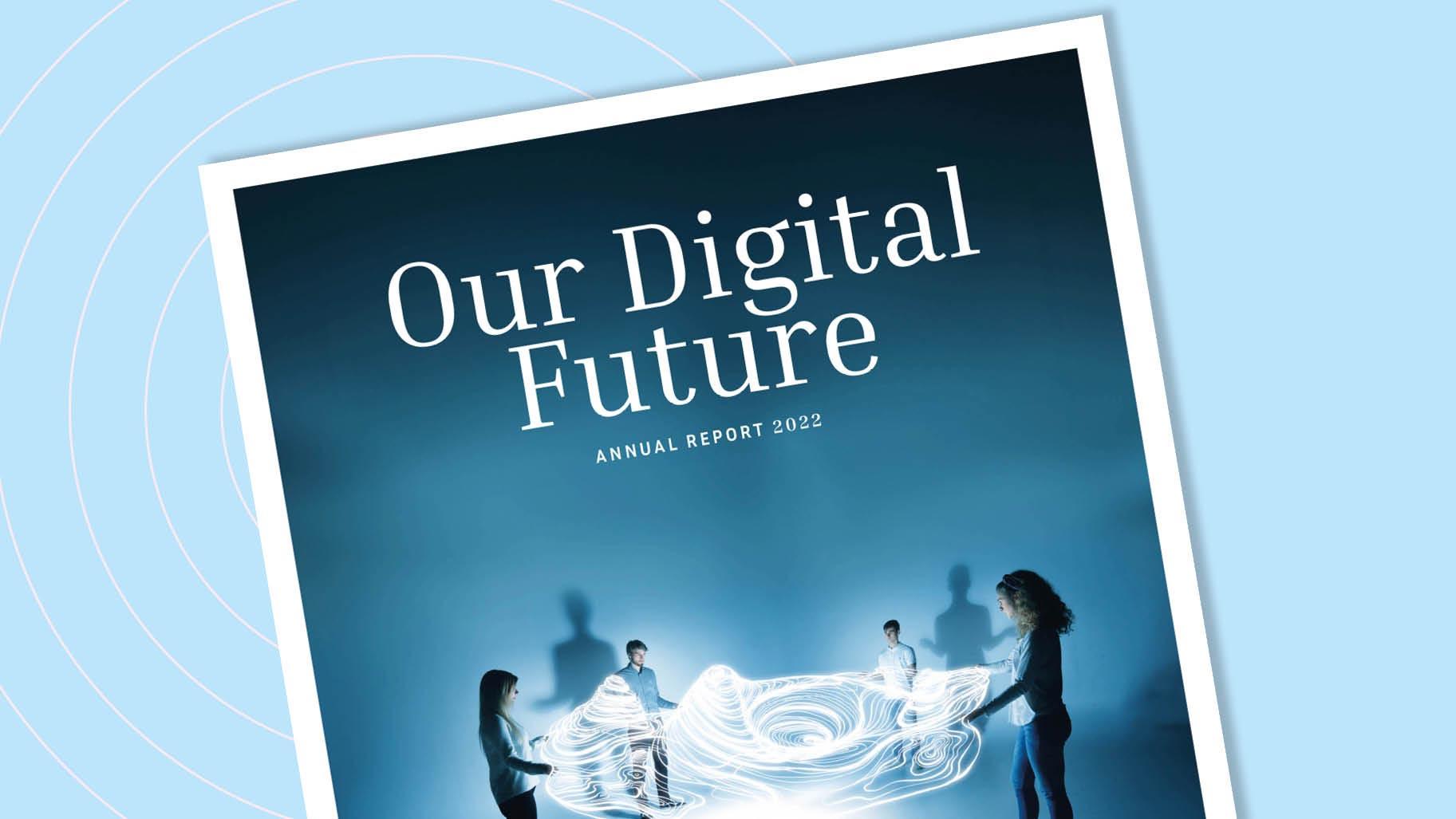
Significant progress has been made in digital health in recent years. We have never had the amount of available information and the processing power that we do today, despite well-documented issues regarding access to data. As a result, we have been able to go further in the development of explanatory and even predictive models of the living world at different levels, in addition to models of organisations and care systems. Launched in partnership with AP-HP (the Paris University Hospital Trust), URGE is a prime example of this.
We are also seeing other really interesting trends starting to emerge, such as the need to work on methodologies for evaluating digital medical devices.
This is of crucial importance, particularly seeing as CE marking is set to become mandatory.
As a result, we are seeing more dialogue between scientists and stakeholders in the field, particularly in relation to the need to work out how to evaluate devices - most of which are developed by researchers - on a large scale on more restricted, and therefore potentially more diverse, groups. Explainability remains a key consideration, particularly in medicine. Auditability is also important: if a device is faulty, then it has to be possible to audit it in order to work out why and where it went wrong, and who might be to blame. This is something a lot of scientists are currently working on, but we have yet to see any major breakthrough.
Another trend is an effort to break free from the current constraints of machine learning algorithms, which require vast quantities of “clean” data, i.e. data without any errors. In reality, what we have is a lot of “dirty” or unclean data, which could still be used despite having errors and despite being incomplete.
As far as data is concerned, there has been a growing demand for transcriptomic data within research, the goal being to develop methods for RNA seq data analysis in order to get as much information as possible out of it, providing an ever more molecular picture. That said, the methodologies for analysing this data would benefit from greater levels of maturity. I also don’t believe we’ve perfected the hybridisation of this data with other types, such as images, or tabular or categorical data.
Lastly, although there will inevitably be differences between cultures as a result of our different missions, there has been a growing interest in multidisciplinary research, as well as there being more opportunities.
Inserm and Inria currently have a number of joint teams, while we have one joint laboratory with AP-HP and another with the Lyon University Hospital Trust. That’s before we get on to all of the collaborations between teams from Inria research centres and regional university hospitals. The rise in healthcare data warehouses is also forcing us to reflect on how we might promote the sharing of best practice and tools to make life easier for researchers. The work being carried out by our colleagues on federated learning could also play a part in this.
